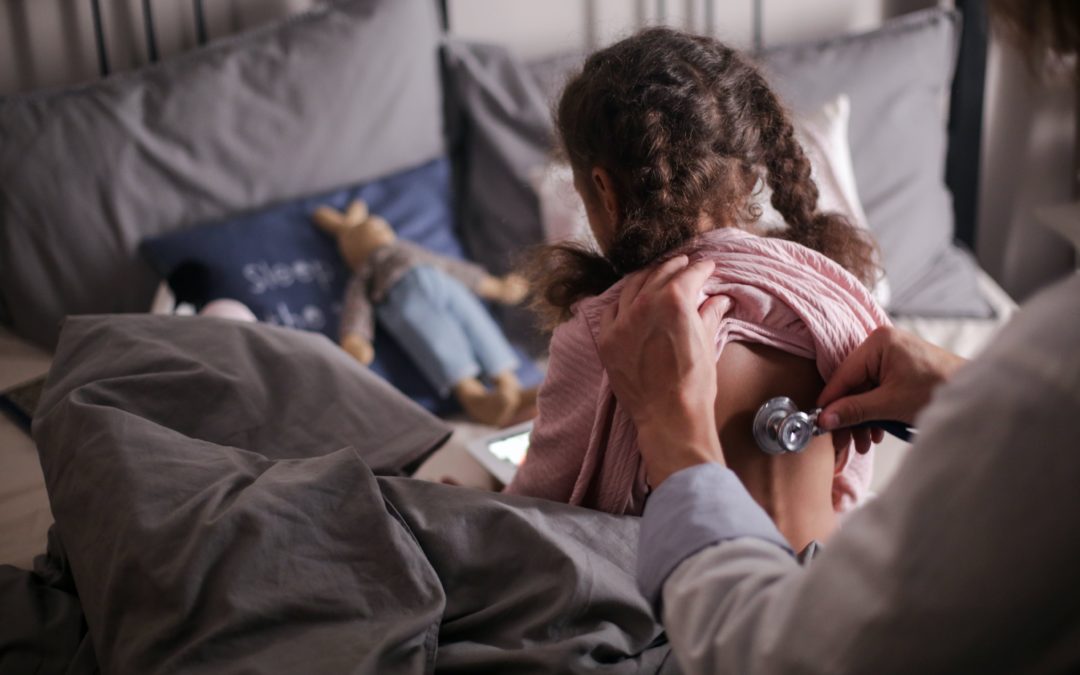Pediatric patient care abounds in unique challenges that doctors treating adults do not face on a daily basis. One of the biggest problems is the communication barrier. Given the stages of a child’s development, the youngest patients are completely non-verbal, and communication with those a little older can also present numerous difficulties. In order to ensure that the pediatric patient receives the highest possible quality of care, a history will need to be taken from both the child (if possible) and their caregiver. The language barrier between the pediatrician and parents can create a barrier in their entire relationship, to the detriment of the patient. On the other hand, the use of professional medical interpreters in such situations carries the risk of a sense of invaded privacy and, consequently, may result in collecting data that will be inadequate. After all, not everyone feels comfortable discussing private details of their child’s health and the situation in their home in the presence of a third party. There is also a risk of misinterpretation of medical and family history due to twisting of facts by an interpreter who does not have the right degree of cultural sensitivity.
Effective communication between the doctor and the patient and their caregivers is essential to achieving positive treatment results in pediatrics. Doctors interviewing parents of other nationalities, even if they speak the country’s official language, should be sceptical about how fluent they are in that language. Determining the language preference of a patient’s caregivers and properly assessing their fluency in the official language can influence the doctor’s decision to hire a professional medical interpreter, even when dealing with families that are partially fluent. Without full fluency, understanding certain medical nuances could be virtually impossible, including inadequate understanding of disease symptoms, ultimately leading to incorrect treatment choices. Studies show that medical professionals feel a high level of frustration and powerlessness when they cannot adequately communicate with parents and provide them with all the necessary information. The lack of guidelines on when and how professional interpreters should be used means that attempts are often made to communicate through gestures, facial expressions or Google Translate.
Given the speed at which new discoveries and advanced technologies are being delivered, it is still surprising how few drugs tested in pediatrics doctors have access to. Another aspect where proper communication is an absolute must will be the minor’s participation in a clinical trial. No parent will choose to sign a consent form for their child to participate in a project whose objectives and requirements they do not understand and if they are not confident that their child will be safe and receive the highest quality care. Without the provision of materials in an easy to understand, appropriate language, a pediatric trial will be doomed to failure. Sponsors conducting a clinical trial must ensure that there is adequate translation of consent for the minor’s participation in the trial, information about the trial, any kind of instructions related to the procedures performed, patient education materials, or at least information on who they can contact in case of medical emergencies. In order to increase the involvement of patients and their caregivers, it is becoming more common to create videos explaining more complicated procedures or to accompany the informed consent form with illustrations to increase understanding of the information. The lightning-fast pace of development of all kinds of interactive applications has led to their use in clinical trials as well. All of these materials and education aids, however, require appropriate translation, which must be done by a translator who has a high degree of cultural sensitivity and who is aware that trials conducted with children are much more demanding in this respect than those conducted with adults. In addition, such a translator must, of course, be very familiar with medical terminology.
Adequate communication between the doctor and the minor patient and their family is the basis for achieving therapeutic success in pediatrics. In clinical trials, accurate and reliable translations of patient materials allow children and families to understand the details of the trial and make an informed decision about participation, which, as a result, positively affects the recruitment and retention of patients in the trial. This translates into the success of the trial as a whole, and further into increasing the number of safe drugs available to pediatric patients around the world.
References:
https://pubmed.ncbi.nlm.nih.gov/2702788/
https://bmcpediatr.biomedcentral.com/articles/10.1186/s12887-023-04121-y
